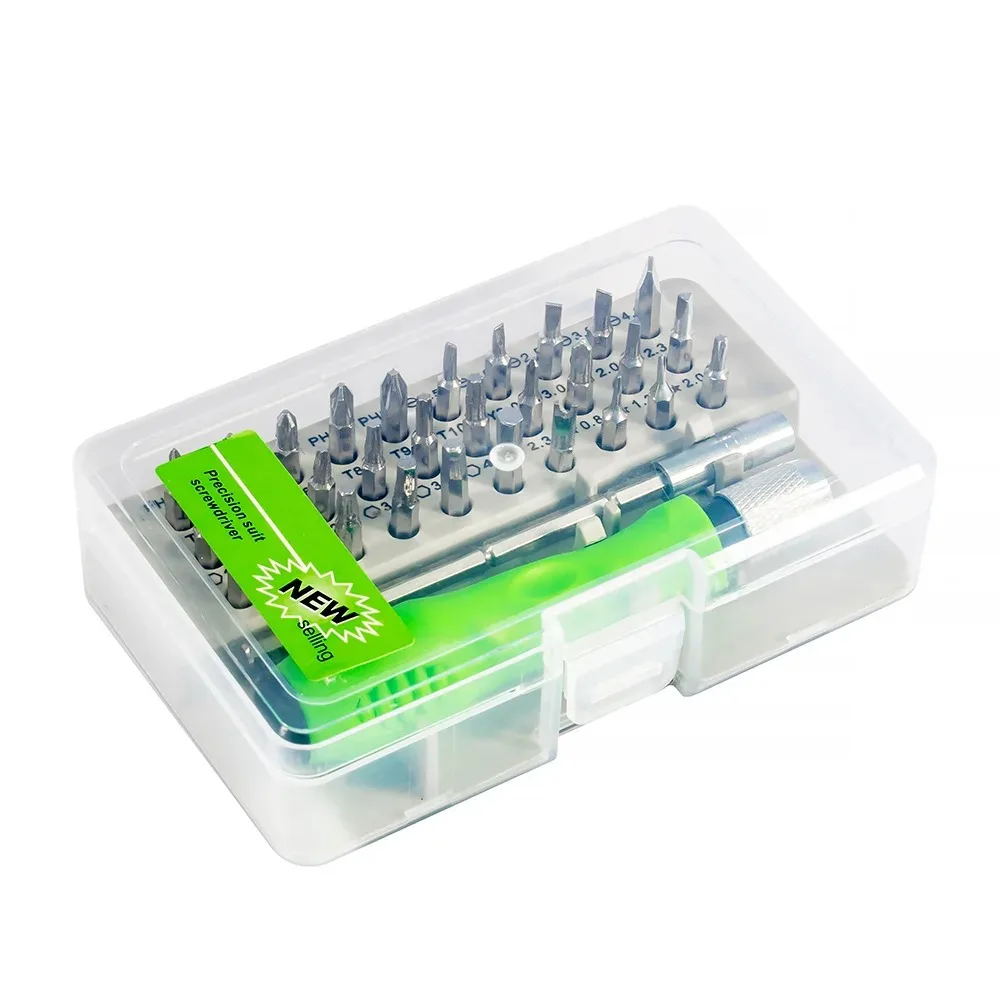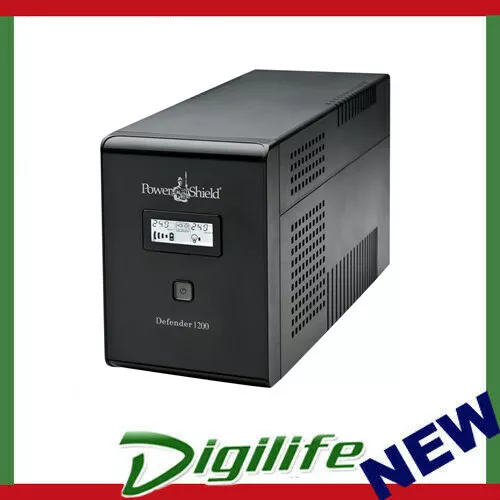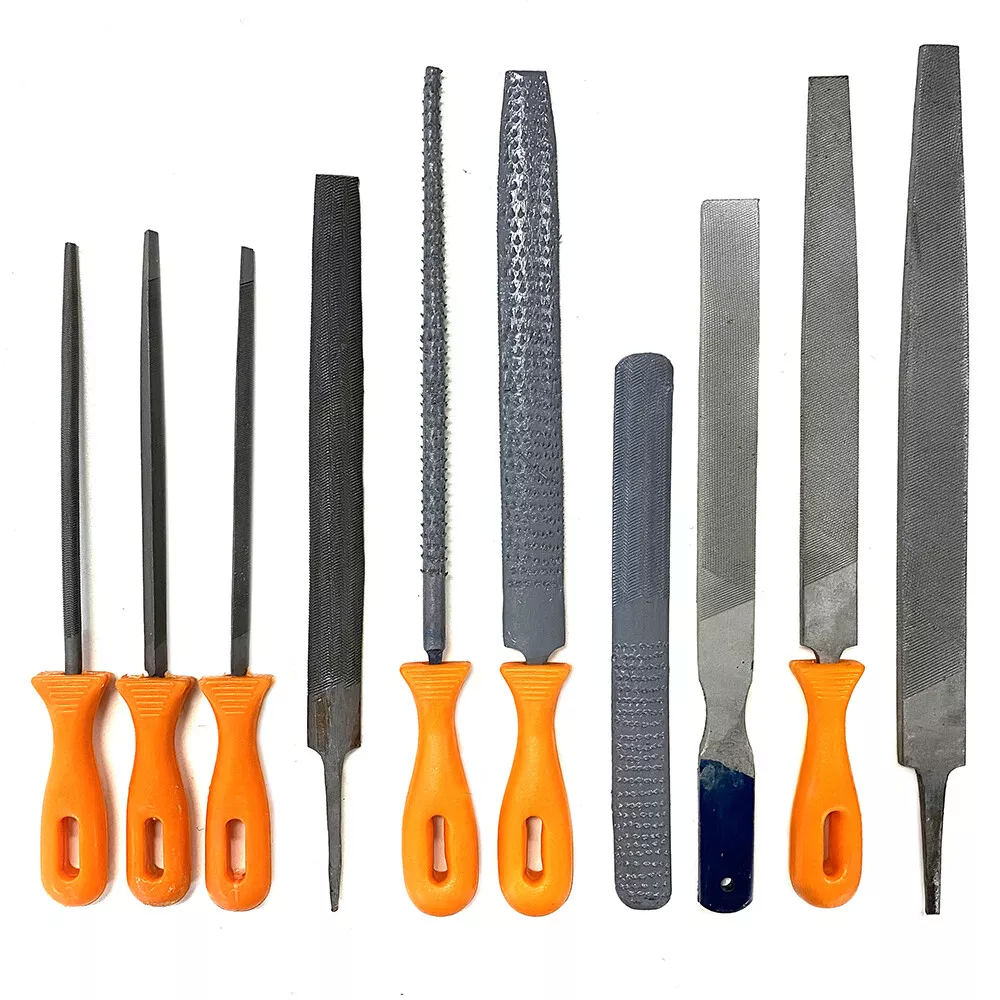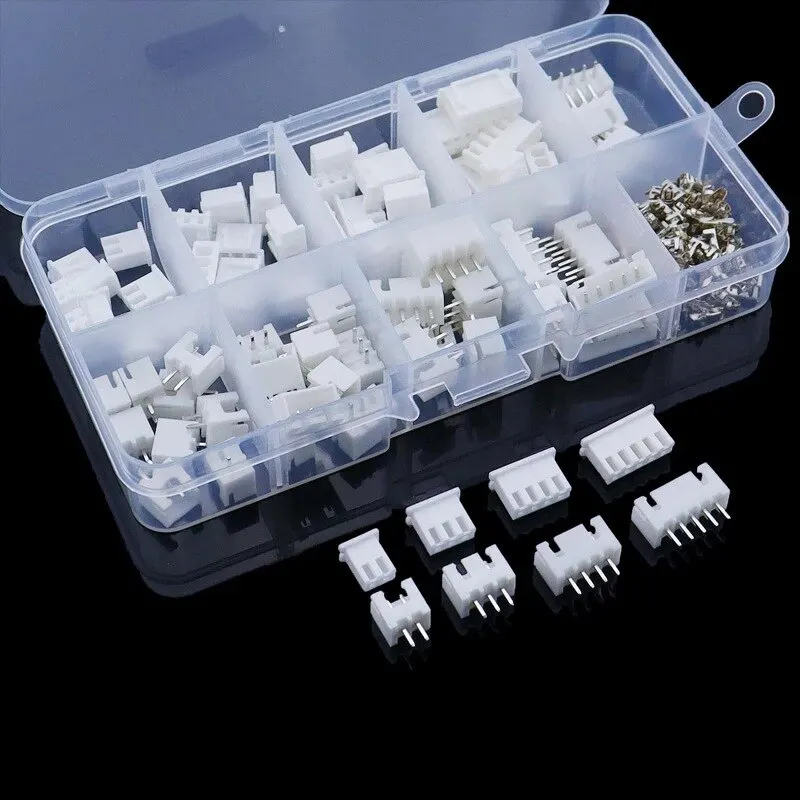This post is part of my video blog and you can find more information about this video over here.
You can support this channel on Patreon: patreon.com/JohnElliotV
Silly Job Title: Solder Soldier.
In this video we take a look at what arrived from AliExpress:
- 10pcs PCB Board 2.5×6.4cm Single Side PCB Board DIY Universal Experiment Matrix Circuit Board Single Row Continuou Hole 25x64mm
- diymore 5PCS/Lot 50X100mm 2-3-5 Joint Universal PCB Boards Single Side Copper Prototype Print Circuit Boards Breadboard
- 300/600pcs 1% Resistor Set Resistance 1/4W Metal Film Resistors Kit 10Ohm ~1M Ohm 30Values Electronic Components Kit (Resistance: 600PCS with box)
- 102/280/300/480PCS Wire Connector Kit Male Female Insulated Terminals Cold Crimp Terminals Assorted Crimp Terminals Spade (Color: 480PCS)
- 1000/100Pcs Nylon Cable Ties Self-locking Cord Ties Straps Adjustable Cables Fastening Loop Home Office Wire Zip Ties Wholesale (Black(3x150mm), 300pcs)
- 5pcs 9x15cm Universal PCB Board Yellow Single Sided PCB Printed Circuit Board for Arduino
- Practice Soldering Learning Electronics Kit Smart Car Soldering Project Kits Line Following Robot Beginners DIY Electronics
- 16 Music Sound Box BOX-16 Board 16-Tone Electronic Module DIY Kit Parts Components Soldering Practice Learning Kits for Arduino
- 20PCS/Lot Double sided PCB kit Board Breadboard 2×8 3×7 4×6 5x7cm Universal PCB Experiment Blue Prototype Circuit Boards Diy
- DIY Rotating Digital LED Display Module Alarm Electronic Digital Clock Kit 51 SCM Learning Board 5V DS1302 (DIY Kit plus Case)
- 860 PCS Small Computer Screws Assortment Kit, Black Tiny Eyeglass Screws M1.2 M1.4 M1.7 M2 M2.5 M3, PC & Laptop SSD Hard Drive C
- Welding Wire Fixture Adjustable Suction Bracket Welding Table Clamp For Motherboard Soldering Welding Locator Soldering Tools
- 50/100PCS Transistor Kit 2N2222 TO92 NPN 30v 800MA Transistors Electronic kit (Color: 100pcs)
- 50PCS KF301 Screw 2Pin 5.0mm Straight Pin PCB Screw Terminal Block Connector (green, 2P)
- 50pcs kf350-2p 3p 3.5mm 300v 10A Pitch 2 3 Pin Spliceable Plug-in PCB Screw Terminal Block Connector FOR 24-18 AWG CABLE kf350 (blue, 2P)
- 5PCS 5.2×8.9cm Standard Permanent Breadboard Solder Pcb Board Prototype Board Protoboard Diy Prototype Electronics For Arduino
- 10PCS Circular IC Socket DIP6 DIP8 DIP14 DIP16 DIP18 DIP20 DIP24 DIP28 2.54mm Pin Connector Socket 6 8 14 16 18 20 24 28 Pin (DIP8, DIP14)
- 600pcs/set 30 Kinds 1/4W Resistance 1% Metal Film Resistor Pack Assorted Kit 1K 10K 100K 220ohm 1M Resistors 300pcs/set (600pcs set)
Thanks very much for watching! And please remember to hit like and subscribe! :)
Following is a product I use picked at random from my collection which may appear in my videos. Clicking through on this to find and click on the green affiliate links before purchasing from eBay or AliExpress is a great way to support the channel at no cost to you. Thanks!
Yum Cha Mini Magnetic Precision Screwdriver Set notes notes |
Let’s go shopping!




